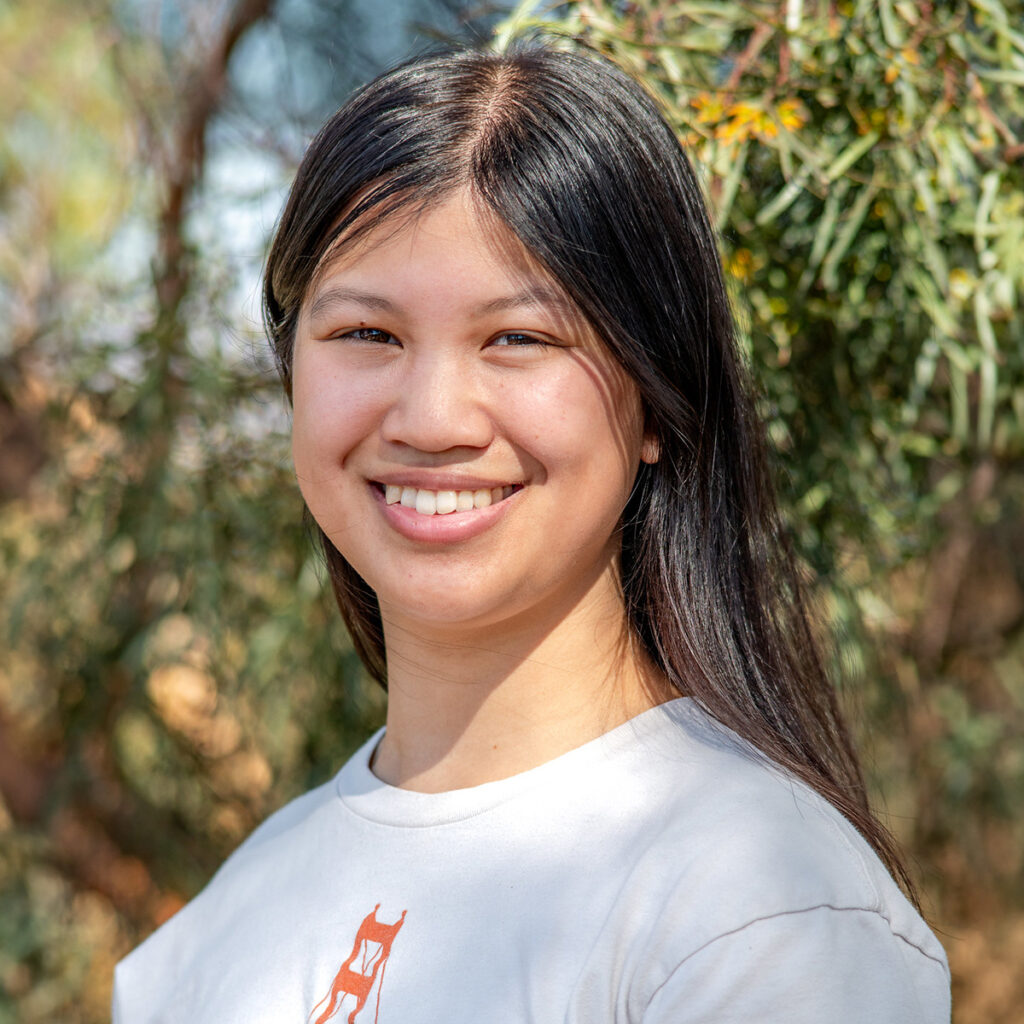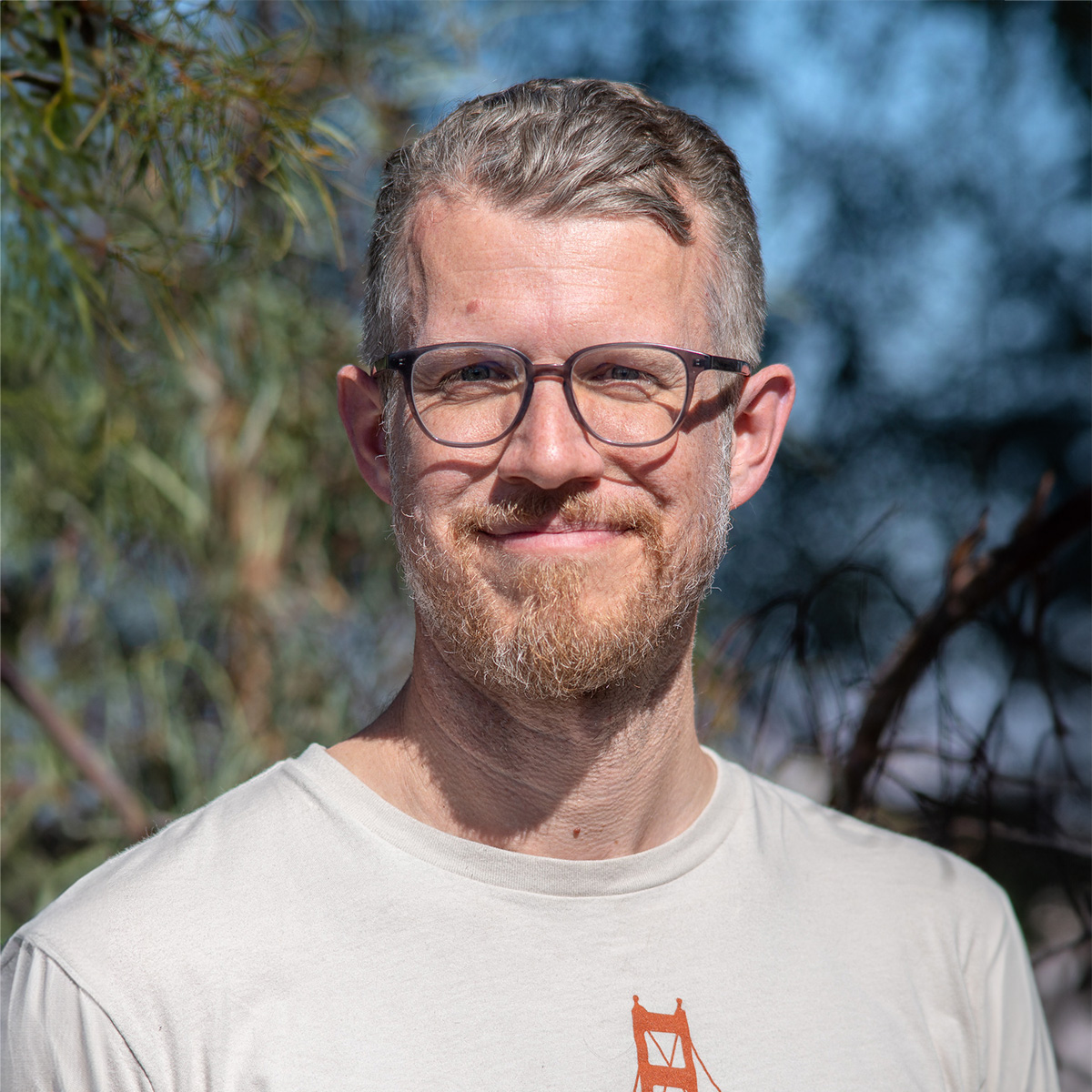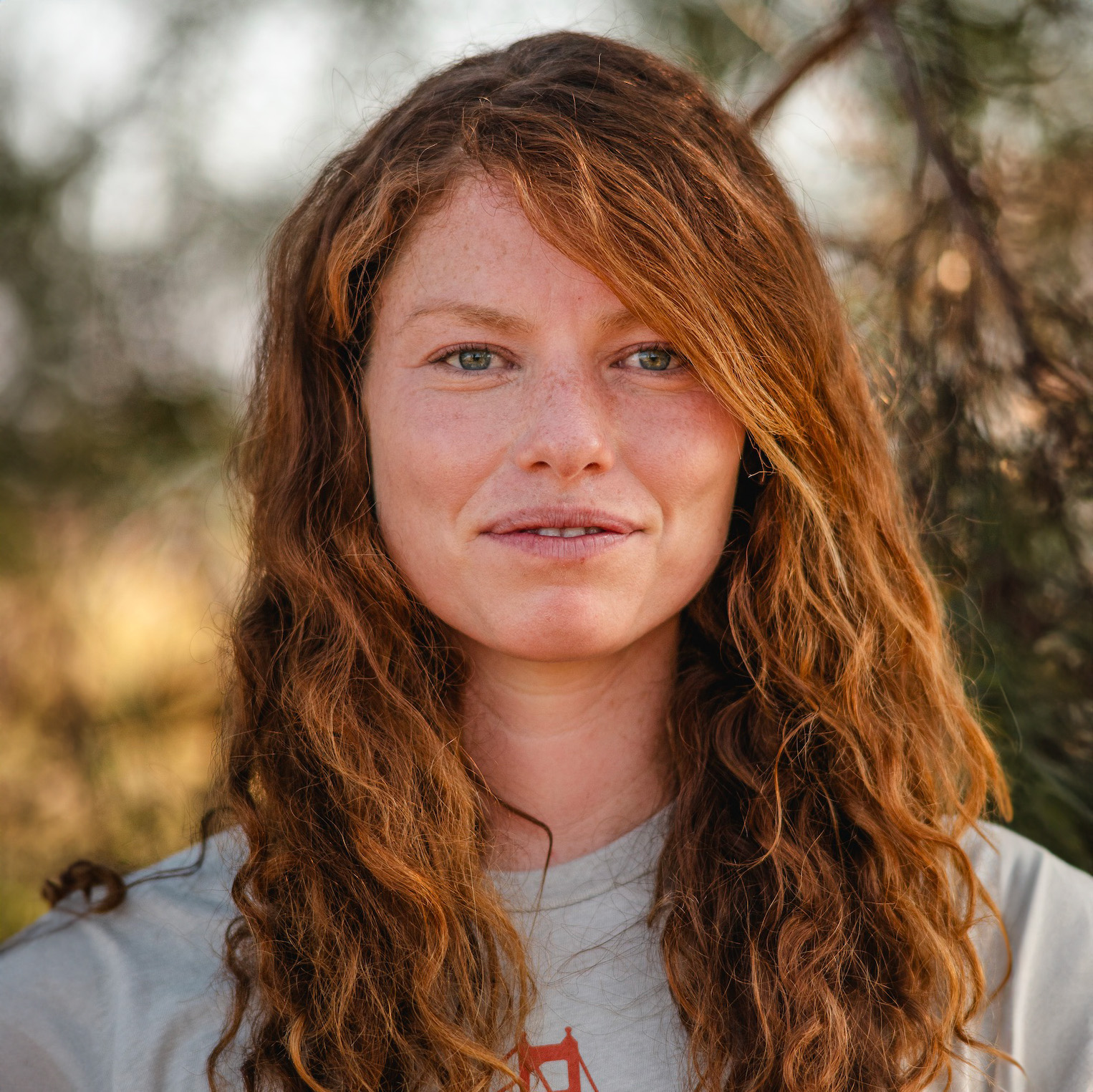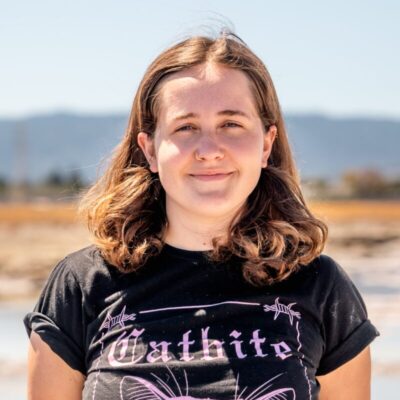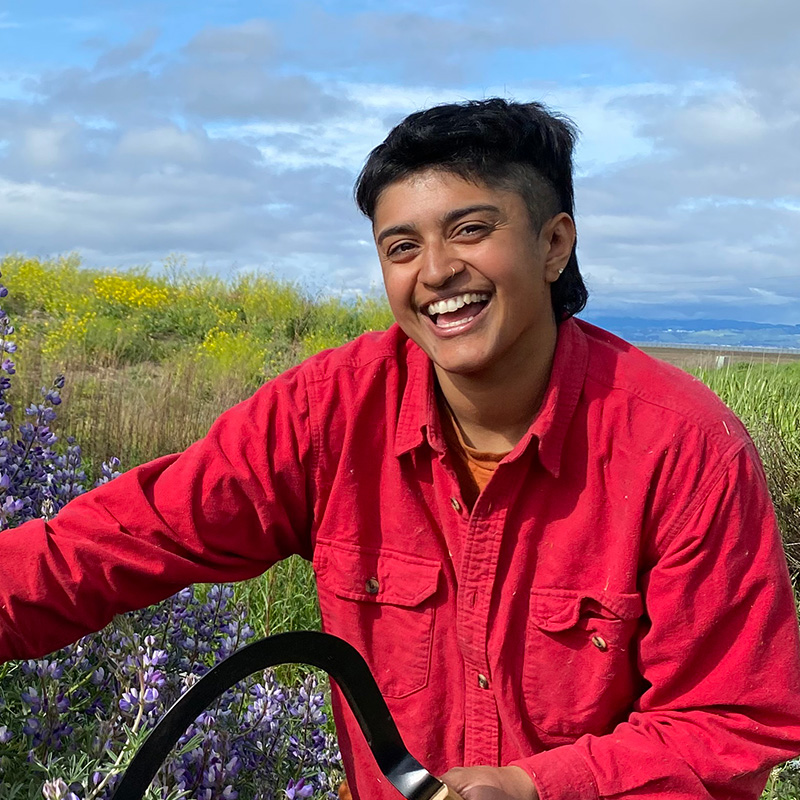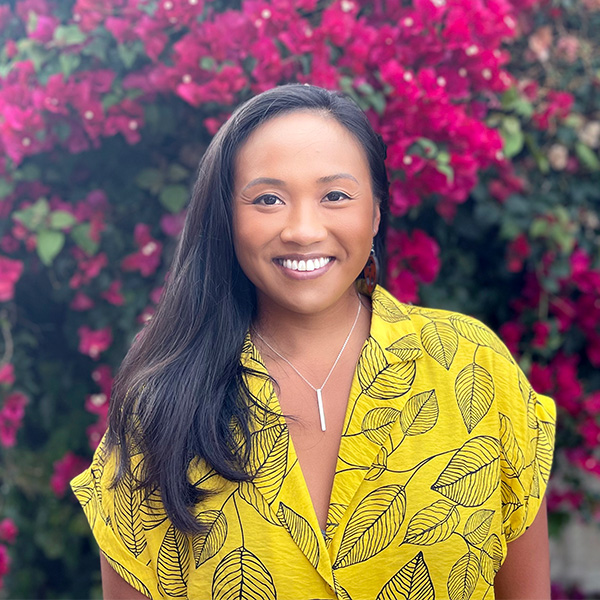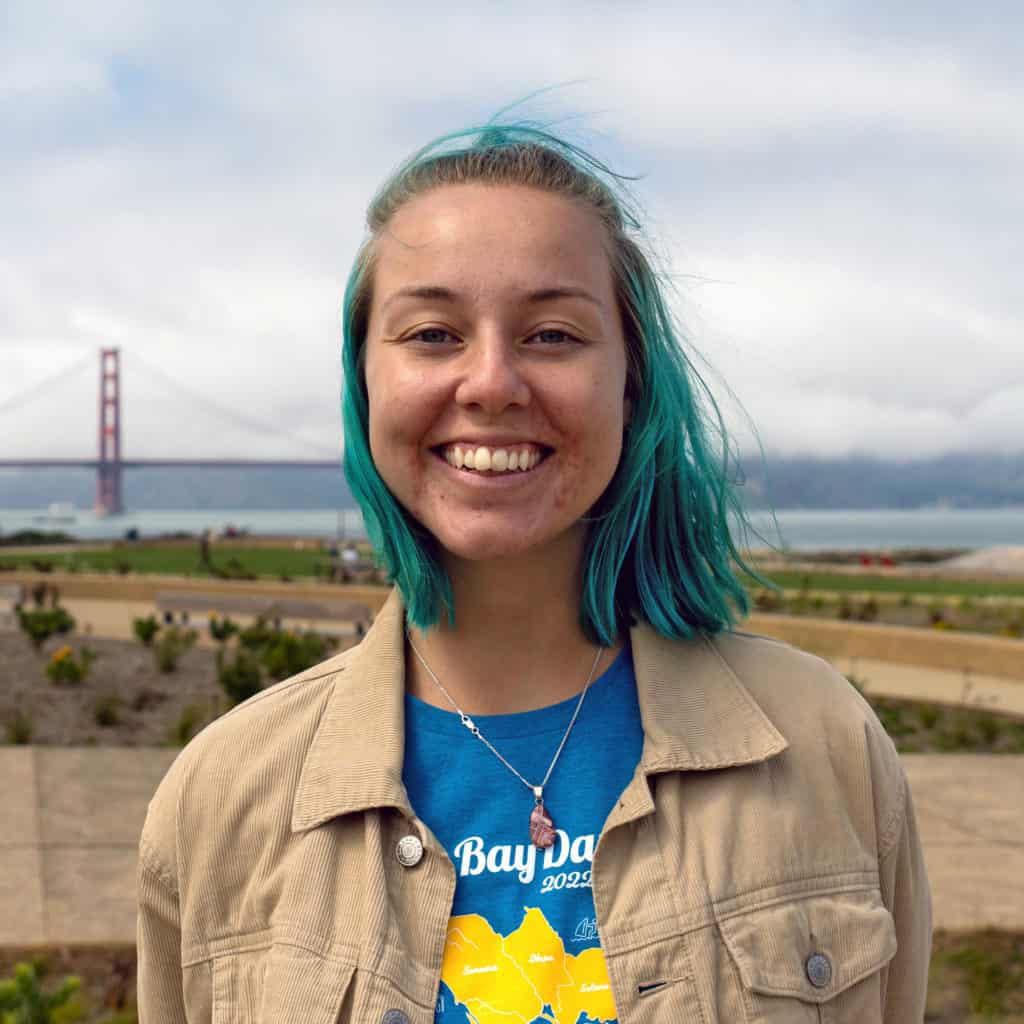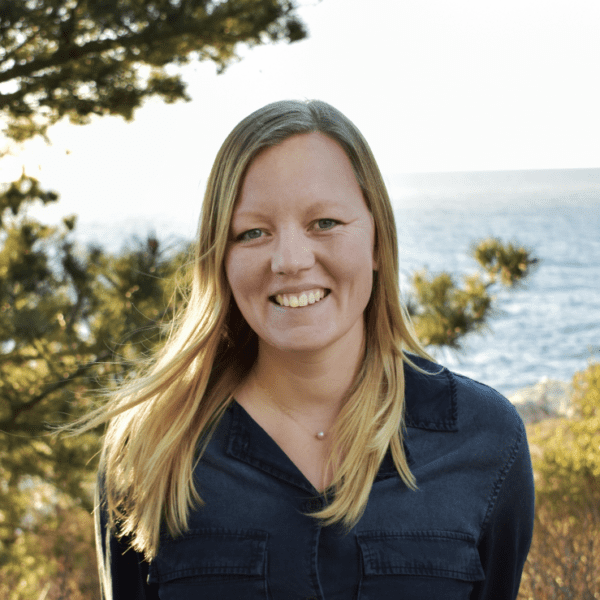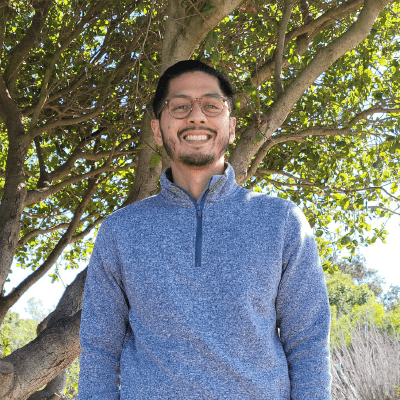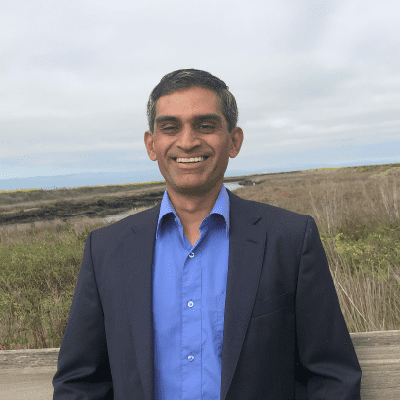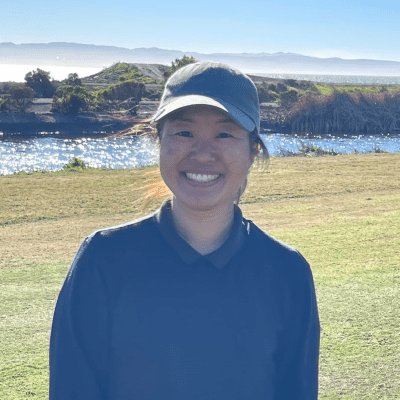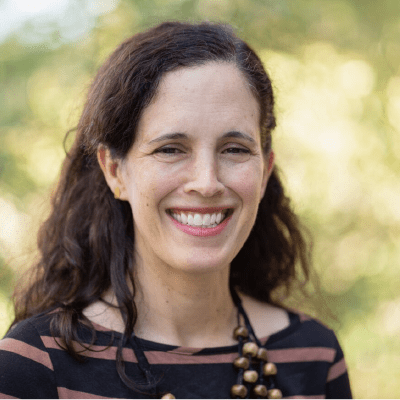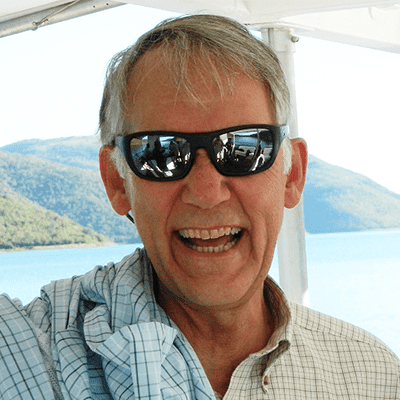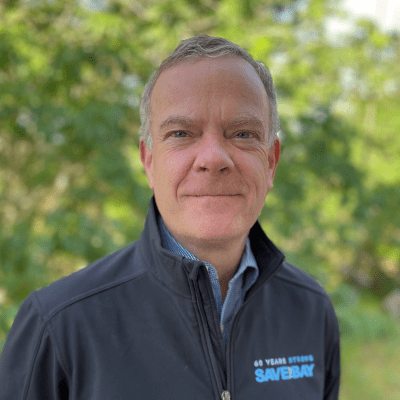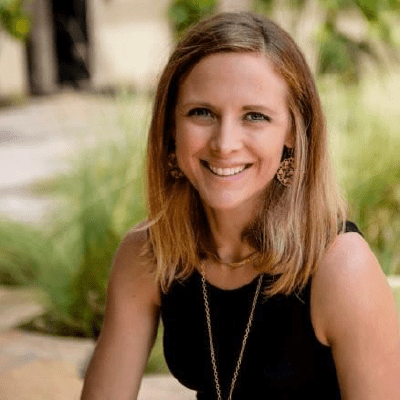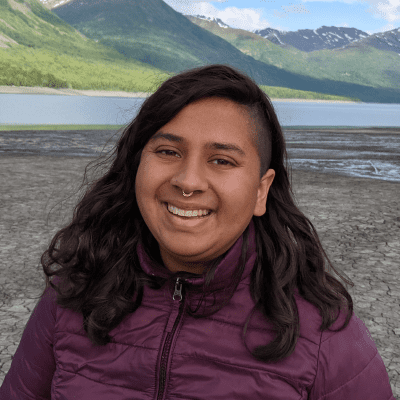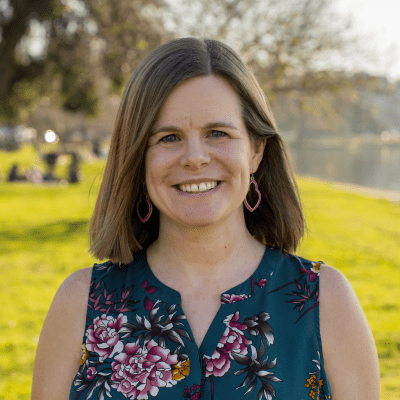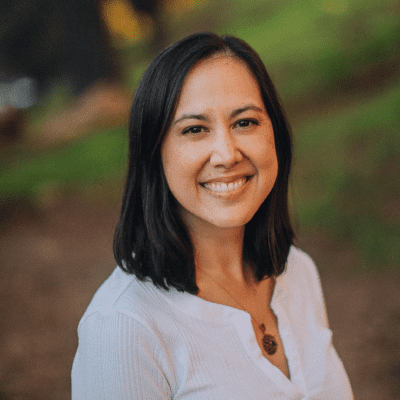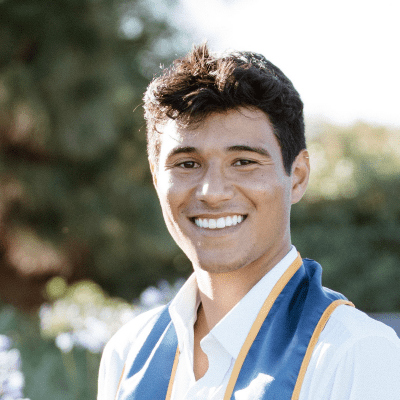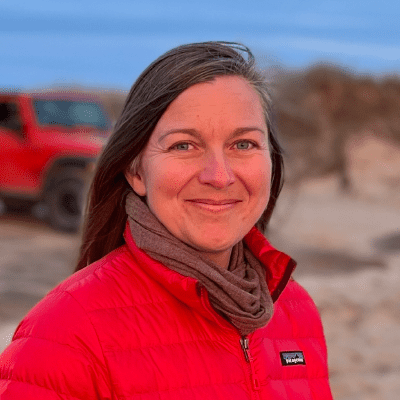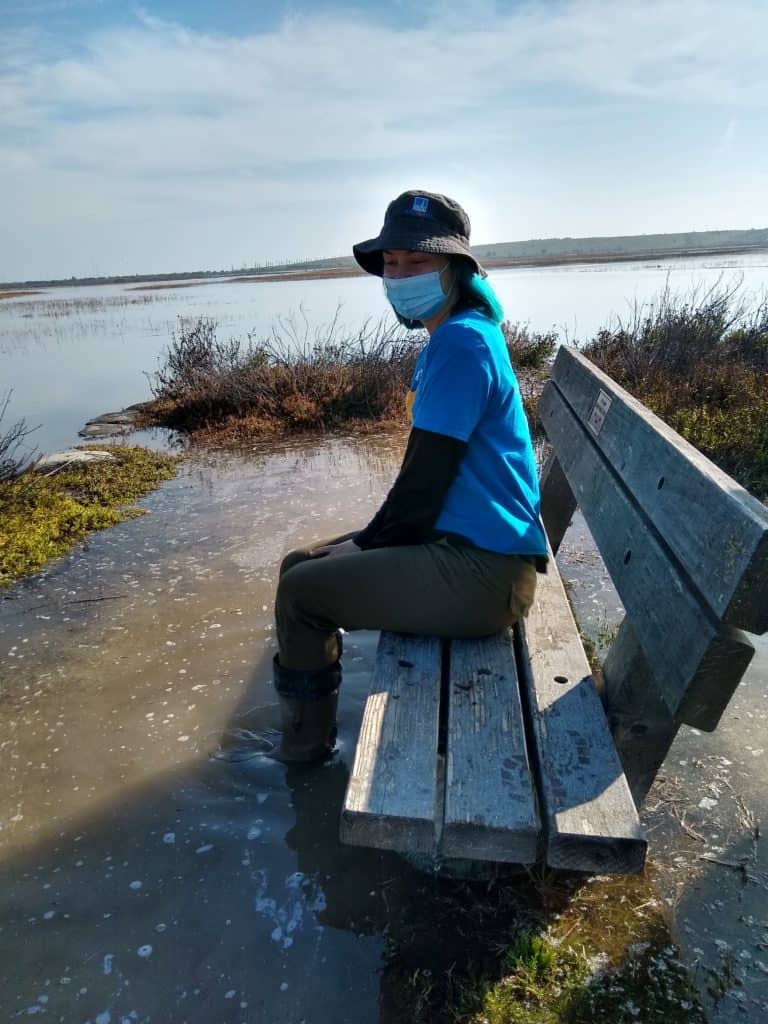
If you found yourself on the coast during the last King Tide of 2022, you might have caught a glimpse into our swiftly approaching, climate change induced, future of higher sea levels. At high tide on December 23rd, the tide clocked in as high as 7 feet in places around the San Francisco Bay Area. That’s one to two feet higher than an average high tide. That extra two feet of water, and more, will be a daily reality by the end of this century, according to many sea level rise projections. This extra water will encroach into our shoreline communities, displacing vulnerable populations and destroying infrastructure. Wetland restoration offers us one opportunity to buffer ourselves from a rising sea level.
The work of restoring bay marshlands includes creating a system of gently sloping earthen “horizontal” levees behind the marshes and planting them with the native plants we grow from locally sourced seed. The marshes will soak up rising sea levels through their soil and the roots of the vegetation planted on them. As a bonus, the soil and vegetation can also help to absorb pollutants that come from upstream before they make it into the bay, further increasing the health of the San Francisco Bay. The gentle slope and makeup of the earthen levee will absorb the energy from the waves as they slowly collide upwards along the slope. As the energy is absorbed into the soft soil of the marsh, this lessens the impact of the waves against the shore, preventing damage to infrastructure.
This work of restoring our San Francisco Bay’s marshlands grows more urgent with each coming year as we must work to build up these horizontal levee systems and plant the intertidal marsh zones before they become inundated by the rising sea levels themselves. Thankfully we are over halfway to our goal of 100,000 acres of flourishing tidal marsh, which will keep our Bay healthy and our communities safe from climate change. If you would like to be a part of this effort, come join us in our community based restoration programs that occur twice monthly.

